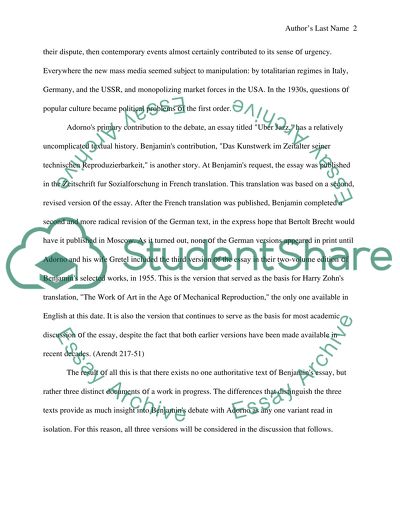Cite this document
(“Social and Cultural Philosophy Essay Example | Topics and Well Written Essays - 2500 words”, n.d.)
Retrieved from https://studentshare.org/miscellaneous/1512837-social-and-cultural-philosophy
Retrieved from https://studentshare.org/miscellaneous/1512837-social-and-cultural-philosophy
(Social and Cultural Philosophy Essay Example | Topics and Well Written Essays - 2500 Words)
https://studentshare.org/miscellaneous/1512837-social-and-cultural-philosophy.
https://studentshare.org/miscellaneous/1512837-social-and-cultural-philosophy.
“Social and Cultural Philosophy Essay Example | Topics and Well Written Essays - 2500 Words”, n.d. https://studentshare.org/miscellaneous/1512837-social-and-cultural-philosophy.


